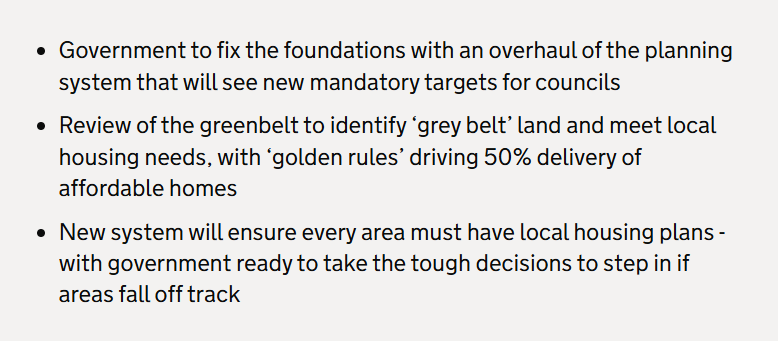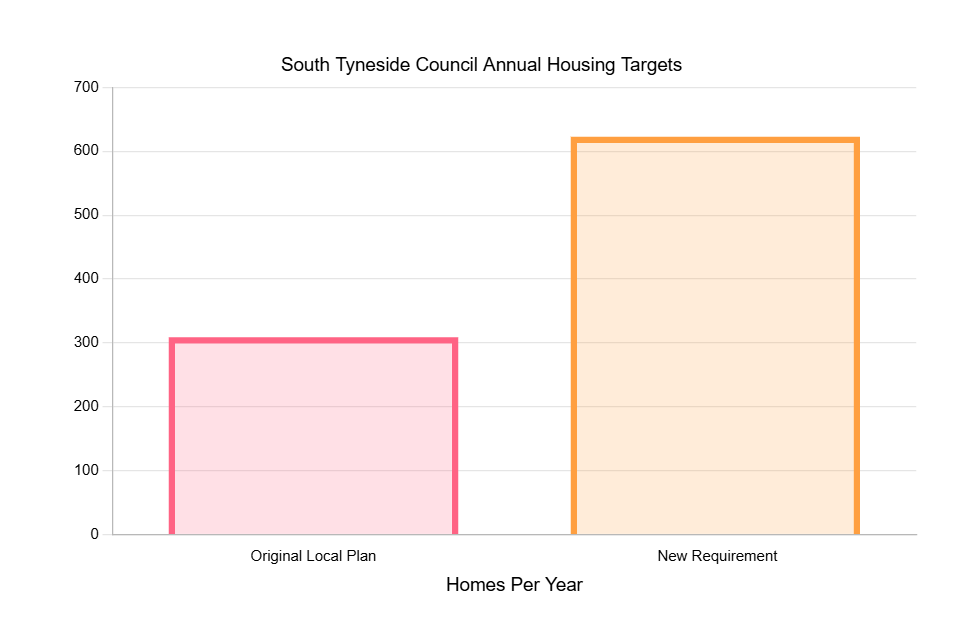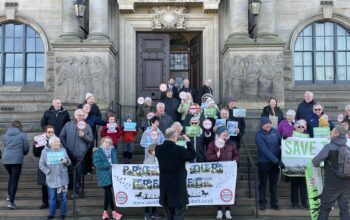What’s Fuelling the Controversy Over the Fellgate Housing Proposal?
The recent news that a South Tyneside Council proposal to build 1,200 new properties in the Fellgate Green Belt area was rejected by 27 votes to 23 at a meeting in South Shields Town Hall has given residents a temporary reprieve after months of relentless campaigning.
However, the broader context of this must be understood. Thereofre, the concept of a Green Belt must be familiarised.
What exactly is a greenbelt?
According to the Campaign to Protect Rural England:
“Green Belts are areas of land that are protected from most forms of development. Local Planning Authorities are responsible for designating land as ‘Green Belt’ through powers established in the Town and Country Planning Act 1947.“
South Tyneside Council’s proposal to meet the ambitious target of 1,200 new homes would require building the new housing developments on land traditionally used by the community for farming and recreational purposes.
Why is this a pressing issue for the Fellgate community?
David Greene, head of the “Save our Greenbelt” campaign, cited the example of local resident Geoff Alderslade, a fifth-generation tenant farmer who, with his family, farmed a portion of the land for decades. He, along with other residents of the community, raised major concerns over the proposal and its potentially detrimental effects, specifically highlighting the flooding threat.
David Greene explains:
‘Surface water from the proposed development would be directed into the Calf Close and Monkton Burns, which already flood during heavy downpours.
This then continues to flood areas downstream throughout Primrose, Bede Ward, and all the way to the Tyne.
The River Tyne is also tidal, so when this floodwater is heading downstream, the tidal flow pushes it back upstream, which creates additional flooding and sewerage issues.
Local residents and councillors are aware of this, but South Tyneside Council continues to maintain deniability.
Residents have also voiced concerns about the state of the current drainage and sewerage infrastructure and how an influx of new residents in the area as per the proposal would add strain to an already fragile sewerage system. Residents say the sewerage system “is already failing” and this would cause it to fall apart.
Why Fellgate?
To execute the plan and meet the targets set by central government, the council had to identify land to build on, which happened to be in Fellgate. The issue facing the council is now overcoming the Green Belt protection on the land.
The NPPF allows development on Green Belt land only under “exceptional circumstances,” a principle designed to balance housing needs with environmental protection.
If local authorities can clearly show that the demand for housing or other developments outweighs the potential damage to the Green Belt, then the go-ahead is given for development.
After months of meandering, The council concluded that Green Belt land in Fellgate no longer served Green Belt purposes and sought out exemptions from the NPPF to build on the land.
According to Jon Tweddell, an urban planner and Director of JT Planning, Grey Belt land can be described as:
Grey belt is a new phenomenon in planning terms that was introduced in recent changes to the Government’s national planning policy (National Planning Policy Framework). In layman’s terms, it is land that is in the Green Belt that was previously developed and potentially suitable for development, such as new housing.
How Does This Reflect a National Housing Challenge?
When Labour got elected into government, the election promise of 1.5 million additional homes was first on the agenda. The responsibility of meeting the new housing target was delegated to local councils, which must meet individual quotas.

In December, the government introduced a revised National Planning Policy Framework, which included changes to the Standard Method used to calculate housing needs.
As a result, South Tyneside Council is now required to plan for a minimum of 623 new homes per year across the borough, which is double the 309 units per year outlined in the original Local Plan proposal.

With the government maintaining pressure towards local councils to meet housing targets; Cllr Margaret Meling, Lead Member for Economic Growth and Transport, after the rejection of the proposal said:
“We are naturally very disappointed that the draft Plan did not gain approval. It has been subject to significant public consultation and is the product of extensive work to compile an evidence base over several years. However, our focus must now be to move forward as quickly as possible.”
Preparing a plan for submission before December 2026 will involve two rounds of public consultation.
Residents, however, brace for the challenges to come, with David Greene sharing his thoughts on the matter, saying:
“The challenge to the Fellgate Green belt will be back within a matter of months.”



